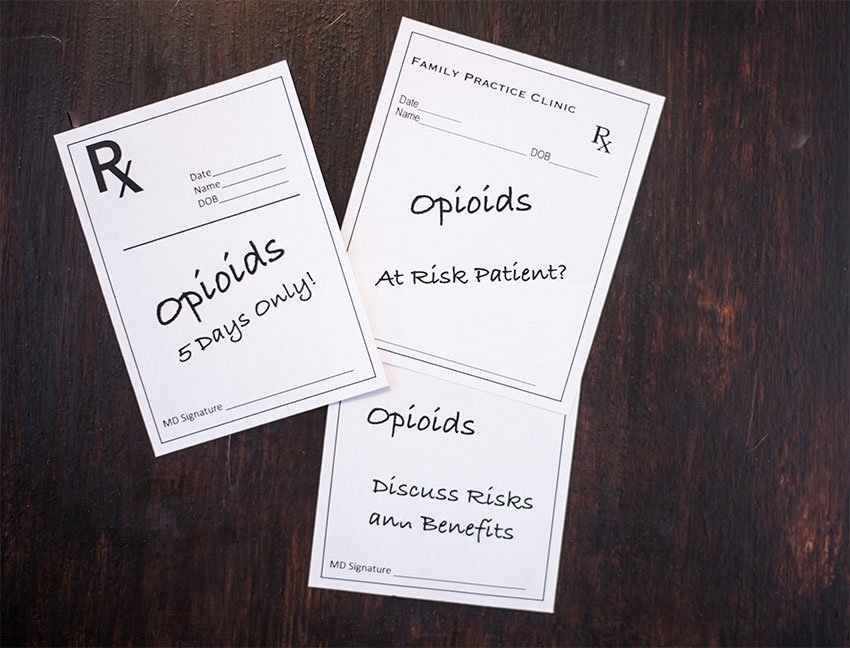Too Good to be True: How We Turned the Corner on Opioids
Pain Care Part 3: How the workers’ compensation industry is responding to the upsurge of opioids in healthcare
American healthcare is weathering its greatest challenge in generations — the opioid epidemic. Too many families and communities still experience tragedy from prescribed opioids. But recent evidence is that the country knows some options on how to overcome the epidemic and is taking the right steps. Signs of success are most visible in the workers’ compensation industry, a role model for the rest of society.
The opioid epidemic is much worse than previously noted national issues such as: the rise of obesity or the continued burden of mental illness, because the healthcare system in part has enabled this epidemic. The healthcare system has had to learn how to start healing itself again, and the workers’ comp community is helping to show the way.
In order to take steps towards ending this epidemic, it’s important to understand some of the factors that lead up to this current state. Let’s see how the healthcare system learned that the promise of pain relief through prescribed opioids was too good to be true, and what it did to respond.
Healthcare recognized the carnage.
In the 1990s, many public agencies and medical associations removed restrictions regarding the use of opioids. Relatively overnight, America went from near prohibition of opioids to liberal use without any clear guidance to doctors on what doses to prescribe, and what precautions should be taken.
For example, OxyContin sales grew from $48 million in 1996 to almost $1.1 billion in 2000. But, as opioid-related deaths soared, by 2004 OxyContin had become a leading drug associated with prescription medication problems in the United States. The makers of OxyContin plead guilty to federal criminal charges of deception and paid over $600 million in penalties. About that time, pain experts began to carefully document the questionable effectiveness and alarming risks of prescribing opioids.
Then in 2013, based on the results of a meta-analysis study, the American Medical Association concluded that:
“Narcotics [opioids] provide little to no benefit in acute back pain, they have no proven efficacy in chronic back pain, and 43% of patients have concurrent substance abuse disorders.”
Providers and insurers started to favor safer care.
Drug free care had been around for decades, such as in counseling, exercise and electrotherapy. This kind of care was largely grounded in scientific research on the nature of chronic pain, as well as being very safe and inexpensive. However, many doctors failed to acknowledge the value of conservative care options, like those mentioned above. Many patients in pain were induced to pursue a mirage of complete pain relief by more invasive means such as drugs and surgery.
Then, official evidence-based treatment guidelines took up the banner of less risky care. Today over a dozen published treatment guidelines recommend that doctors consider care that does not depend on pain medication. Some states have taken additional steps to control the use of opioids by issuing guidelines on which drugs are acceptable (these guidelines are called formularies).
A common theme within these guidelines is that opioid treatment should be restricted to a narrow band of cases, and that surgical attempts to reduce pain should take place only after non-surgical care has been given a chance.
Claims payers in the workers’ compensation industry, as well as some state regulators, took additional steps such as educating injured workers and their doctors, and monitoring opioid prescribing.
Today, many injured workers remain on opioids, and some have been taking them for many years despite varied successes in controlling pain with alternative conservative care options. But the workers’ compensation community is continuing its efforts to offer drug free approaches, in order to help wean patients off opioids and other addictive pain medications and provide injured workers a safer way to recover.
Read the previous articles in this series:
